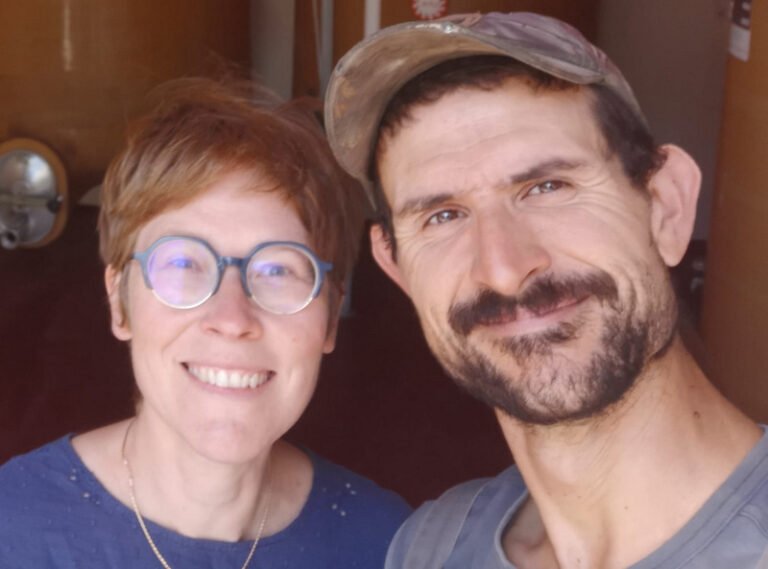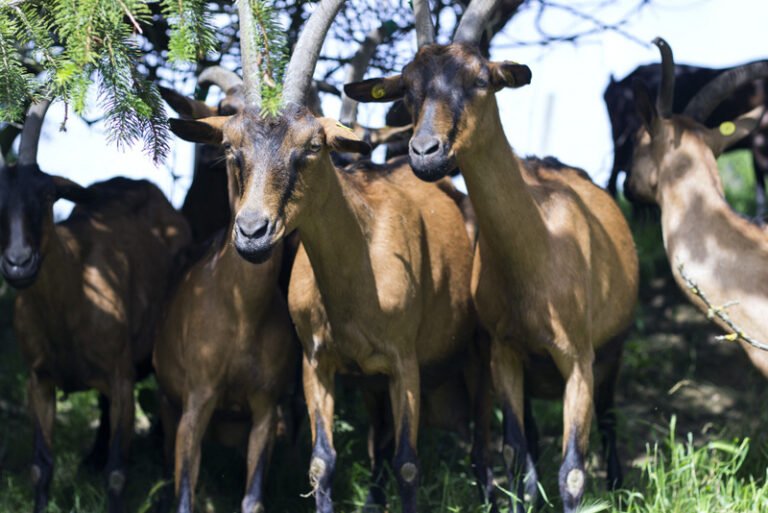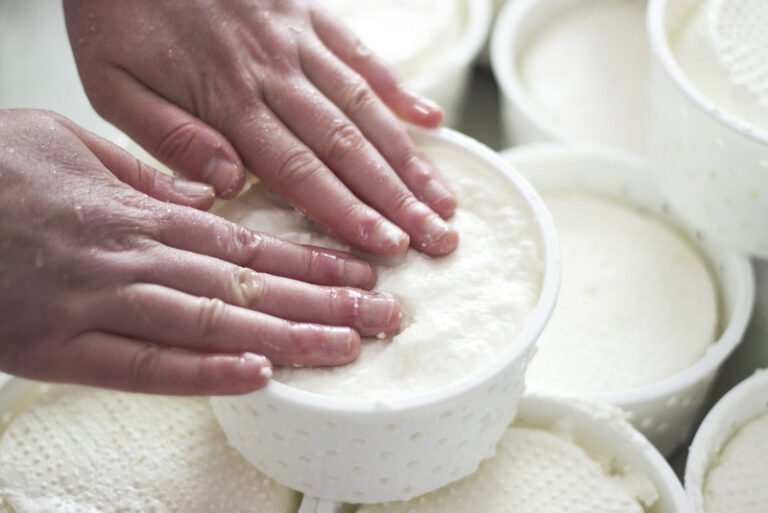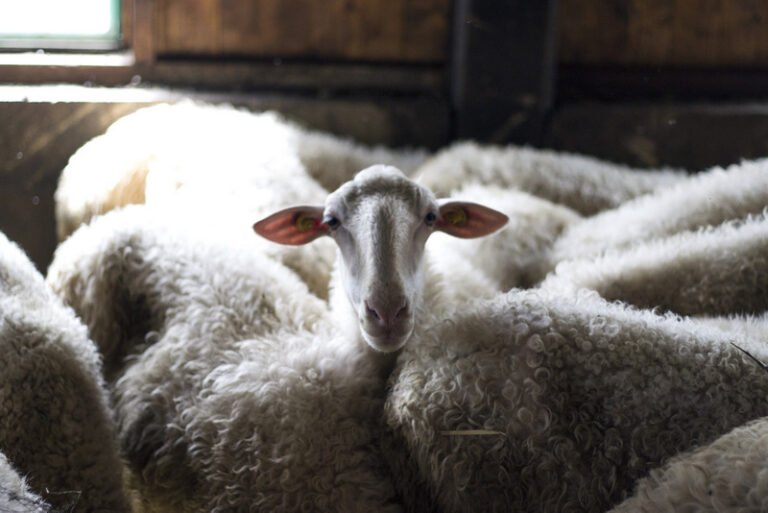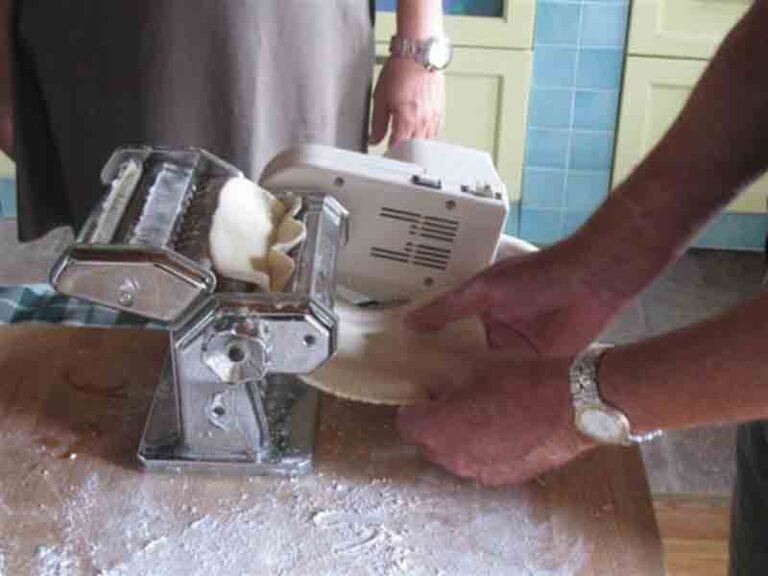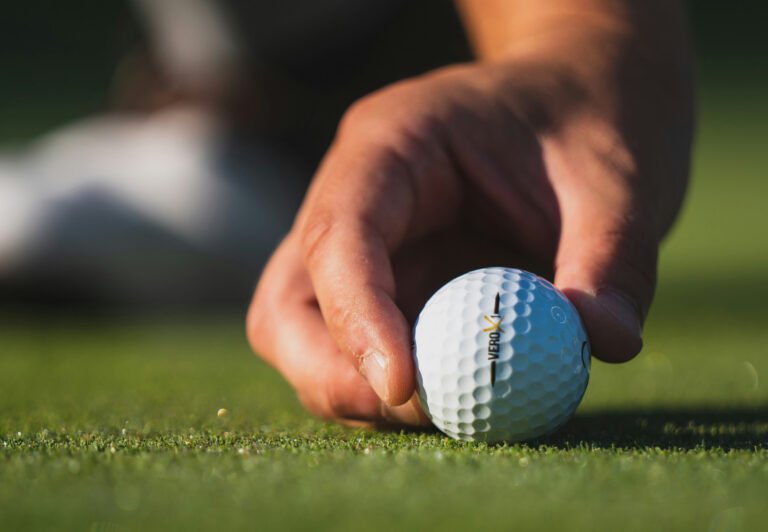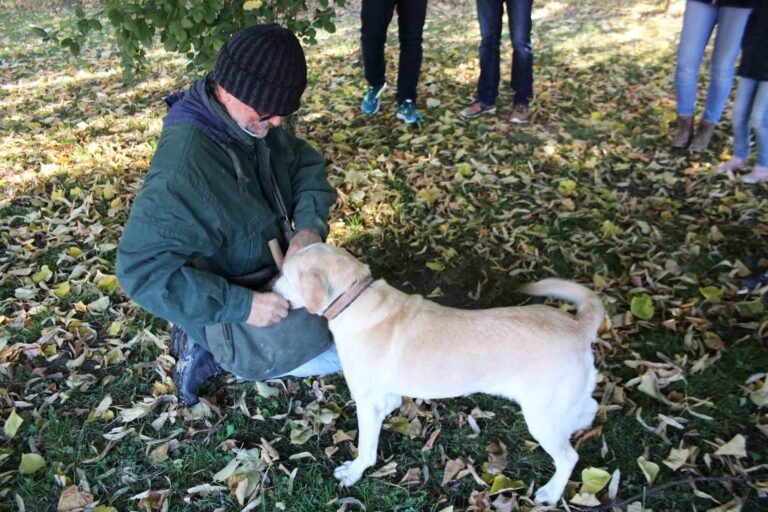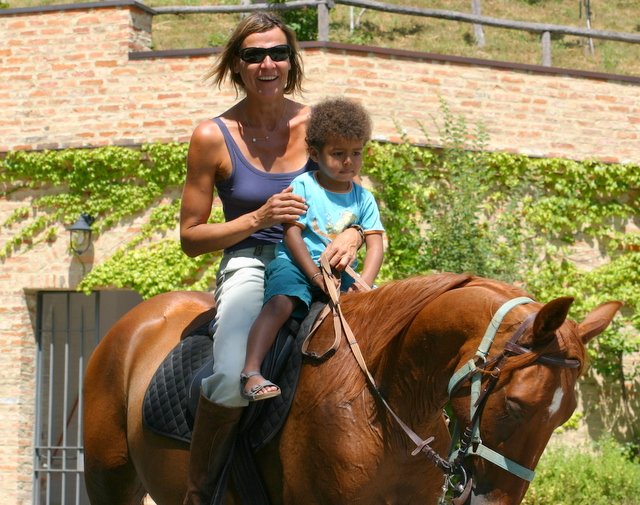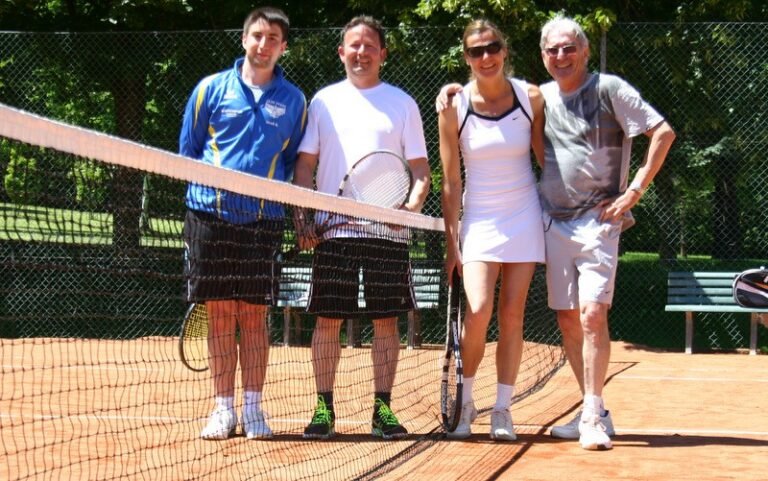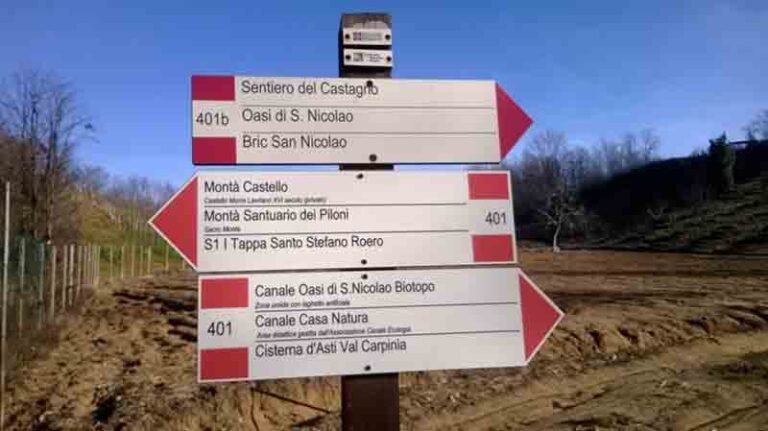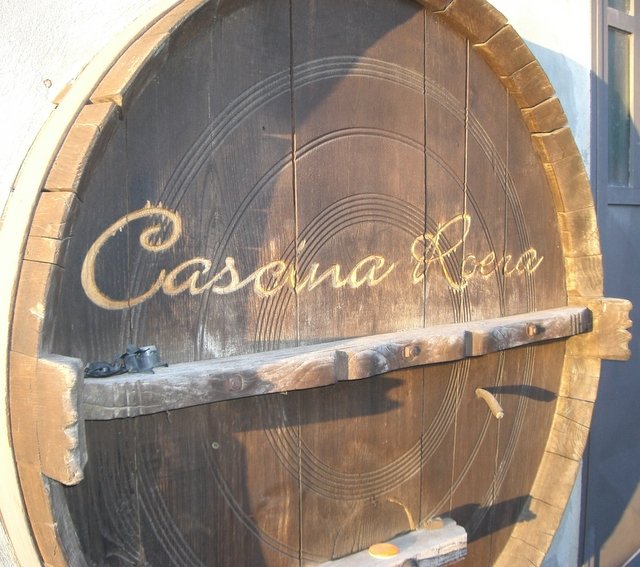What can you do when you are in Piemonte
Piemont is where Italian best wine and cheese is found: Roero Arneis, our most famous white, and Roero Superiore from the Roero wine district; Barolo, Barbaresco and Barbera d’Alba, in close by Barolo and Barbaresco wine districts; and, last but not least, our Barbera and Moscato d’Asti from Monferrato. As for Cheese we are now competing with the best of France: goat, sheep and cow cheese: from Testun and Montemagno high in the Western Alps, to the row goat milk of our best “Tuma”, from Lower Monferrato and Alta Langa. Tasting our wines and cheese is one of the activities our guests like the most. Camomplin organizes these visits (some requiring the payment of a fee).
Cheese made in Piedmont is now competing with the best of France: goat, sheep, cow and blends thereof: from Testun and Montemagno high in the Western Alps, to the row goat milk of our best “Tuma”, from Lower Monferrato and Alta Langa.
A small farm in Alta Langa is one of the best example of a family run farm making excellent raw goat and ship cheese.
Tasting Piedmont’s cheese is one of the activities our guests like the most. Camomplin organizes these visits (some requiring the payment of a fee).
At Ca’ Momplin you will have the opportunity to attend personal, hands-on cooking classes: not the one you are used to, where you need so many complicated tools and components you’ll never attempt to make any recipe you learn on your own. Simple but original recipes, the one people make here, in Piedmont, with the tools of the trade you normally have at home; you might not have a “mezzaluna” (rocking knife) to mince things with, but that’s easy enough to find at the local open air market (it’s really inexpensive) and you should have one anyway: how can you cook without it !?!
Our cooking classes last about three hours; since you are going to eat what we are going to cook together, we will have one or two entries (antipasto), a main dish and a dessert; the latter are Claudia’s favorites and you’ll have the choice between classics such as “Tiramisù’” or local delicacies like “Pesche al cioccolato”, “Bunet” or “Panna Cotta”.
We will understand how bread is made and we are going to bake some together (you cannot eat without bread in Italy). We are going to prepare “bagnetto”, a green sauce with which you can entertain tomatoes, green pepper (red and yellow down here) and green salad, we will understand and learn, how to cook real “pasta sauce” (not the one you buy in supermarkets), and, of course, we will make fresh “pasta”, “gnocchi” and “agnolotti”. Should you feel adventurous, we can even learn how to cook “spezzatino” or “risotto”. We will mostly learn the basics of all this: “il soffritto” without which none of the above will work properly. Whenever available we strictly use organic ingredients.
Obviously after the hard work, we are all going to taste how good what we have made is, by savoring the outcome on our terrace.
Discover our recipes
Unfortunately I do not play golf, so I am of little use in suggesting any of the many golf courses we have in our area. One thing for sure is that Green fees here are particularly attractive and, according to some of our guests who have been playing here, they are not crowded during the week.
Here’s a short list of the clubs close to us:
Here’s one way to earn a magnum of Cascina Roera’s Barbera d’Asti by helping Claudio and Piero harvest some of their precious grapes. This activity is organized by camomplin for late in September (to harvest the whites) and early to middle October for the more precious red grapes. This late in the year, dew is wetting the grape early in the morning; so harvesting is done later on in the day, when the sun has had a chance to dry the berries (camomplin guests love it). So contrary to mushroom hunting, where you have to get up early, harvesting only demand on you is that you to get up by early afternoon.
Harvesting for but an hour or two is an excellent way to appreciate all the work which has gone on during the year to get to the point where only the best berries result is some delicious (and biological) Barbera d’Asti. At the end of your fatigue, you will be rewarded with a bottle of Clauio and Piero best vintage: Barbera d’Asti DOCG.
Our Harvesting experience comes free of charge (only from Camomplin ferienhauser/vacation rentals in Piemont Roero
Horses have always been my passion; since I was a little girl I was attracted by them and spent all my pocket money in horse riding wherever / whenever possible. 17 years ago, I finally managed to buy my own horse, JIM: an Argentine male who was supposed to be sold to be butchered: today he is probably 30 years old or more. Anyhow, JIM’s still doing quite well: he is enjoying his retirement.
I take him for a quite ride here and there, just to let him know that he’s still useful, and, of course, we’re joined by Black. The stables where he lives are run by a couple of Argentine brothers, real “gauchos” as cowboys are called in South America. Their riding skills are amazing, and one cannot stand still but to assist them taming young horses, or training race horses on the specific race track they have built.
Since they’re are also dealing with horses, here comes the unique opportunity for an experienced rider to have the chance of riding terrific pretty horses such as Argentine Criollos, thoroughbred, Arabians, etc. both in Western and English style. But don’t worry: even tranquil and reliable horses are on hand for beginners and / or children, both for riding lessons and for guided riding tours.
At Camomplin we call it mushroom hunting, not picking, for good luck, Mushroom hunting is practiced from May till the end of October, sometimes even November, as demonstrated by the new species found here last November (2012) by me and a group of friends, that we baptized “Boletus Invernalis”. A network of informant will normally let me know where it is best to go to hunt for mushrooms.
Although this is no guarantee that we will find any, it is certainly better than go blind !! For this activity we travel to the Alps, anywhere between an hour and one hour and half away: great scenery and great trekking.
I will normally make sure that I keep in touch with you so you do not get lost. In any case you can always call me on the cell to let me know where you are. This activity will cost you a daily permit of about € 15.- charged by or tax hungry government, plus travel costs if any.
One of the most popular and physical demanding activity our guests practice here at Camomplin, is shopping. Shopping for Food and Wine is an obvious one of course (everyone does it), but shopping for fashion is true as well, and not only in Alba.
Please have a look at the map of (downtown) Canale to locate the most popular places to shop, but keep in mind that Pasquero and Ottica del Centro, both in Via Roma in Canale, have a surprising selection of the latest fashion in jewelry (Pasquero) glasses and prescription glasses (Ottica del Centro).
And they will give you a 10% discount on anything you buy if you show them a voucher signed by Ca Momplin ( Claudia or Franco). For a discount voucher signed by either Junior (our dog) or Cecilia or Carlotta (the two cats) you need to buy them each a bag of biscuits: Rewe Catzen Grillstickes for Cecilia and Carlotta & Matzinger Shapes from Purina for Junior.
They thank you in advance !
“Molino Galletto ” is Canale’s Exclusive Country Club to which Franco and Claudia belong to. The Club is about 2 km from La Terrazza and from Ca’ Momplin. The Club only accepts lifetime members and visitors invited by Camomplin. A daily fee applies to our guests.
The Club House, manned from May to September (from 10:00 a.m. until 11:00 p.m.), serves light lunches and full dinners or simply sandwiches and drinks (soft and hard). The semi-Olympic pool is manned by professional lifeguards. The 2 clay tennis courts are available to all, subject to booking.
The Club also features a beach volley, a foot tennis and a “boccie” court, as well as an outdoor small football field (footsal). The Club is empty most of the time except on Saturdays and Sunday and then only late in July and August.
So it is mostly frequented by you and…us !!!
Roero must have been designed by God for the fitness aficionados: trekking, cross country running, bike riding, both mountain and road. With a twist: at the end of your sweat you can enjoy a real gourmet snack, even a lunch, at any of the numerous bars and restaurants you have passed by while working out, or drink a glass of Barolo, Barbaresco or Barbera.
Claudia & I have recorded treks around Camomplin:
- CAMOMPLIN – THE VALLEY OF THE WOLF – Piedmont, Italy
- CAMOMPLIN – SENTIERO DEL CASTAGNO – Piedmont, Italy
- CAMOMPLIN – CA-BIOTOP-CA – Piedmont, Italy
- CAMOMPLIN – CA MOMPLIN TO MONTEU ROERO BY CAR – Piedmont, Italy
- CAMOMPLIN – MONTEU TO MONTALDO -Piedmont, Italy
- CAMOMPLIN – CASTAGNE, WOLF & BIOTOP TRAILS – Piedmont, Italy
- CAMOMPLIN – AROUND CANALE – Piedmont, Italy ( by Rolf Schwagmeier)
- CAMOMPLIN – AROUND BRA – Piedmont, Italy ( by Rolf Schwagmeier)
- CAMOMPLIN – WALKING AROUND BAROLO – Piedmont, Italy ( by Rolf Schwagmeier)
The hunt for this delicacy starts by the middle of September to end by the end of January. Camomplin organizes hunts for a small fee. We go hunting with a trained dog and his master, the “trifulau” for a few hours .
Camomplin organizes such expedition upon request. But let’s talk about the white truffle so that you’ll be better prepared for hunting them. Let’s also give you a few hints on how to prepare a meal based on white truffles.
Truffles are subterranean fungi which grow only in close association with trees. Their strong smell has been appreciated for centuries, and has delighted the tables of royalty, high prelates and people rich enough to be able to afford this delicacy. These include Churchill, the English Prime Minister during world War II, Ronald Reagan, the President of the US of A, and, in retrospect, the one guy responsible for the financial crash of 2008, Marilyn Monroe, an American idol and actress, and Valeria Marini, a less known Italian actress. It can cost up to six thousand Euros per Kilograms. One of the biggest ever found, if not the biggest, weighted a little more than one Kilo and was fetched by a London restaurateurs for US$ 52,000: the news was reported by ANSA, the Italian news agency, the 22nd of November 1954.
This was a monster of a truffle.
The vast majority found today weight between ten and forty grams. Twenty grams of the thing, cut in very fine slices, will properly smother your eggs, sunny side up.
Although it grows all year round in symbiosis with the roots of oaks, hazels, poplars or beeches, it is ripe, and at its best, from the middle of October until the end of January. This is when men and dogs roam the woods of “Le Rocche”, or the woods of Vezza d’Alba, day and night, in search of the precious fungi.
Truffles are very smelly when ripe. Their smell permeates the ground around which they grow to finally reach the surface. Trained dogs can smell the presence of the delicacy, which can be fifty centimeters or more underground, locate them precisely, and dig them out.
There is no particular breed of dogs which is deemed best for truffle hunting: any dog curious enough to wanting to play with its trainer will become a good hunter of truffles. Dogs are trained when young by hiding small pieces of truffle which they need to smell and find. Each time they succeed they are rewarded, generally with a croquette or anything else edible to them. It may take up to three months to properly train a dog.
Hunting for truffles is a man and dog affair, where the man constantly prods the dog to search for truffles in places where he knows there must be some, to then briskly walk away to other such places where the dog is prodded again. The dog must be constantly prodded to look for truffles: otherwise it would rather mark the area as his, by pissing on top of other dogs’ piss: but since there would be no reward for pissing around it ultimately spends most of its time looking for truffles. When a truffle is ripe a good dog will smell it: it will then start digging it out, ferociously, with both of its paws. This is when the truffle hunter will call the dog back, and dig the ground himself with a small spoon-like tool, carefully scraping the dirt around the place where the truffle should be, very attentive not to damage the fungi. Once the truffle is dug out it is stored in a special pouch, a small leather bag held around the chest, and the dog is rewarded for having done a good job. A truffle hunting excursion may last all night: the man will walk up to fifteen kilometres, and the dogs at least trice that.
Two important things must be said about truffle hunting.
The first one is that no truffle hunting dog will ever get fat hunting truffles.
The second one is that truffle hunting is done mostly at night. This is true but not because it is easier to keep secret the places where truffle are found from other hunters, but because a “trifulau” generally has a full time job keeping him busy in daylight.
The truffle hunter is called “trifulau” in the local dialect, and a truffle is a “trifula”.
White truffles are sliced over eggs, sunny side up or easy over, Carpaccio of veal, and pasta: anything, really, which taste and aroma is delicate enough so as to enhance the strong aroma, but mostly the taste, of the white tuber.
Truffle hunts are organized by Camomplin only for small groups of people who stay at Camomplin’s vacation homes. These forays are done with professional hunters in the woods they go hunting in real life: This to say that we will find the withe variety most of the time, but also none from timeto time ! Hunts are organized for a fee. You may book this activity once here.
